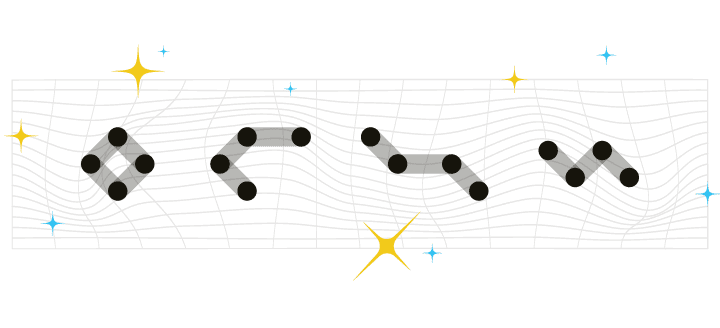Geofencing: What is It & What is It Used For?
Geofencing is a mobile phone service that triggers an action when a mobile device moves within a set boundary.
Brands are able to use geofencing in many ways. You can use several types of geographic data—GPS, RFID, Wi-Fi, or cellular data—to identify a user’s location and send them alerts or notifications. Geofencing can be used for broad geographic regions (i.e., a customer is in the same city as your store), small areas (i.e., within 600 feet of a store), and beyond.
Geofencing is a powerful way for brands to respond to their customers’ behaviors in real-time and provide relevant offers and communications. Below we’ll take a look at how and why your brand should begin to use geofencing.
Why Use Geofencing?
Your customers are spending more time on their mobile devices than ever before. In the United States, the average mobile phone user spends more than three hours a day on their phone, with about 90% of that time spent in apps. Seventy-nine percent of smartphone users have made at least one purchase on their phone, and mobile now accounts for 67.2% of all e-commerce.
Customers are primed to engage with the brands they care about, whether they’re home, at work, or on the go. So it’s important that your brand is ready to respond to their needs with relevant interactions that are attuned to not only your customer’s shopping preferences, but their surroundings. By using geofencing data to develop personalized triggered messages when your customers move within set boundaries, you can create highly relevant experiences for them, wherever they are.
Getting Your Customers on Board
First, be aware that in order to take advantage of it, you’ll need your customers to install your app, enable location tracking, and turn on notifications.
While around 20% of users turn off location sharing for all apps, that still leaves 80% of the potential market. To make sure your customers opt in, incentivize them to turn on location sharing by, for instance, notifying them that they’ll receive a special offer in-store once they’re within a set radius of a product, or telling them that by sharing their location, they won’t need to check in manually when they otherwise would.
Once your customers have opted in, you can focus on using geofencing to optimize their customer experience in a variety of ways.
How to Use Geofencing
Geofencing has a wide variety of use cases in mobile marketing, from providing navigation support to delivering real-time personalized offers to your customers. Your brand can make the most of different types of navigation data to develop a customized experience that meets your customers where they are.
Here are some ways you might consider using geofencing to enhance your customers’ experience with your brand.
Navigational Support
Whether your customer is seeking directions to one of your stores, or they need help navigating to a specific product within your store, geofencing can be used to provide support within your app. Your app might integrate with Google Maps or Apple Maps to help customers find the closest store to them. It can also incorporate data that shows open/closed hours, product availability, and other key details.
Location-Based Promotions
You can also use geofencing to send custom notifications around promotional offers to your customers, based on their physical location. For example, if a customer is within two miles of your restaurant chain, you might offer them a free appetizer if they visit in the next hour. You can even take the same approach by geofencing your competitors’ locations, and using the promotion as a way to redirect them towards your store—also known as geo-conquesting.
Improving the Customer Experience
Geofencing can also be used to determine a customer’s location so that your brand will know when to take the next step in a sequence or campaign. For example, if a customer has placed a curbside order at your restaurant, you can determine when they’re there to pick up the order without them needing to manually check in. Or, if they’re a member of your boutique gym chain, they can go to a class and get automatically checked in, and the app will update with available open seats in the class.
Get Customer Feedback
When you know a customer has just completed a purchase at one of your locations, it’s the perfect time to get feedback about their experience. You can use geofencing tied with e-commerce data to send your customers a quick survey to learn about their brand sentiment and how you could improve the in-store experience.
Geofencing can be used in collaboration with other mobile marketing strategies to deliver an engaging and relevant experience for your customers, regardless of which use cases you’re focusing on.
Summary
Geofencing is an important technology piece in your mobile marketing strategy. By implementing geofencing, you can gain better visibility around how your customer engages with your brand day-to-day, and offer highly customized promotions, support, and prompts based on both where they are in the buying cycle and on their physical location. By optimizing your mobile experience based on personalized data like your customers’ locations, you’ll be able to drive deeper engagement and higher relevance with your customers, resulting in a superior customer experience.































